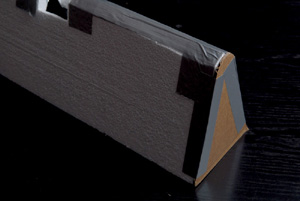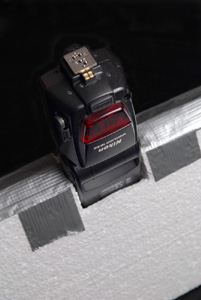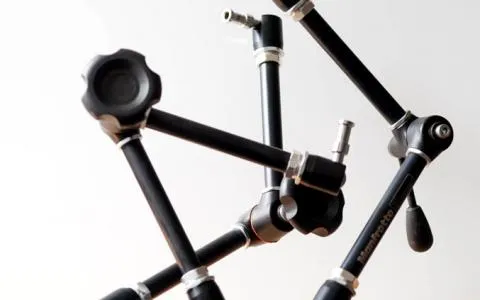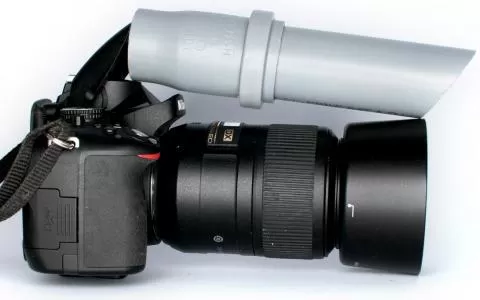Striplights are a great type of softboxes that give a nice, characteristic and very controlled light
I like the light that comes from striplights - narrow softboxes, which create a well defined strip of light. Opposite square or wide, rectangular softboxes, the striplight gives a more defined light, which is not quite as soft as the light from the softbox.
Striplights are often used to accent body shapes or to create distinct rimlights on bodies or faces. the narrow band of light will create character in one direction and soft light in the other. When used on shiny objects the reflections - the specular highlights - will also be narrow strips rather than squares or dots - or reflections of an umbrella or another familiar shape. Striplights are commercially available from many manufacturers in many sizes, and like softboxes they are rather expensive. Most of them are built to fit on large studio flashes using speedrings or the like. I wanted a smaller striplight - a couple of feet in length and maybe 25 centimeters or 10 inches across - which I could use on my SB-800's.
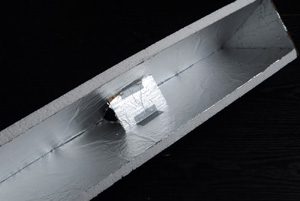
One day, after having unpacked a piece of furniture, I was left with some Styrofoam and cardboard, which had the perfect dimensions for my project. In combination with some aluminum foil, gaffer tape and black adhesive foil, I created a small silver lined triangular box. The flash fits in a small and tight opening in the back ridge of the box, and some gaffer reinforced the construction enough to get it to sit tightly.
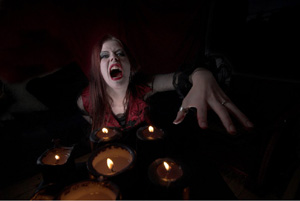
The idea of a striplight or a softbox is to get an even surface of light, and in order to obtain that you will need to disperse the light as much as possible. My striplight isn't scientifically designed, but by gluing aluminum foil to the inside of the box, and blocking the direct light from the flash with a small piece of aluminum-covered cardboard I got an almost even light. As a final step I covered the opening with some foamy plastic, which may well take a bit of light, but helps spread the rest even more.
I had a roll of black adhesive plastic foil, and by covering the cardboard and the Styrofoam with black foil, I got a striplight, which is almost good looking. It's far from pro quality, but it's not embarrassing, at least.
I use it by mounting the flash on a light stand, tipping it so that the head is vertical, and then plugging on the striplight. Since it's fairly small, I usually put it close to the subject - 2-3 meters or 10 feet max - oftentimes closer. If I move it further away, I loose the effect of the narrow light strip.
I have used the striplight several times already, and I like the effect as anticipated. It's only suitable for smaller setups due to its limited size.
If I want to become a

